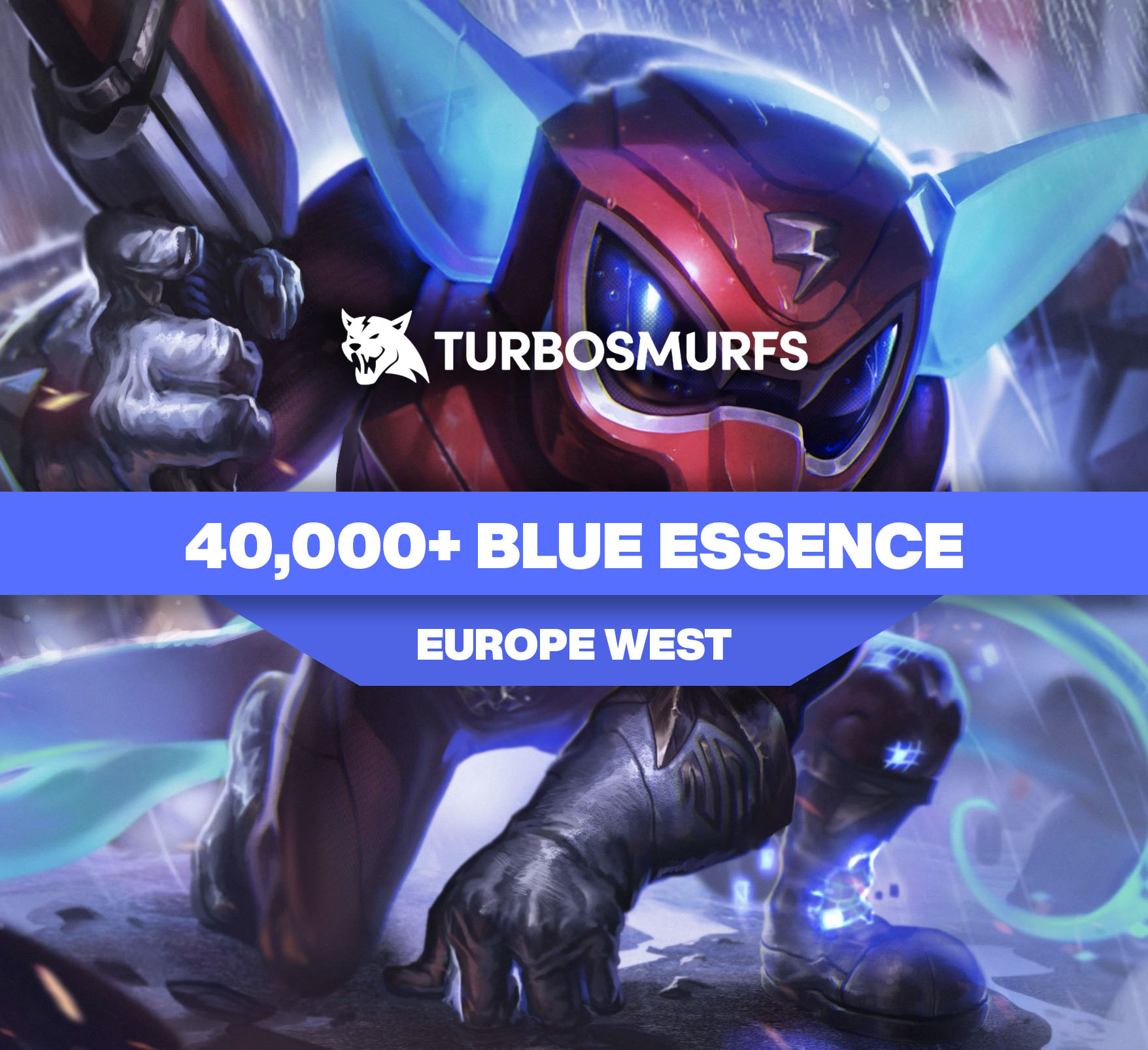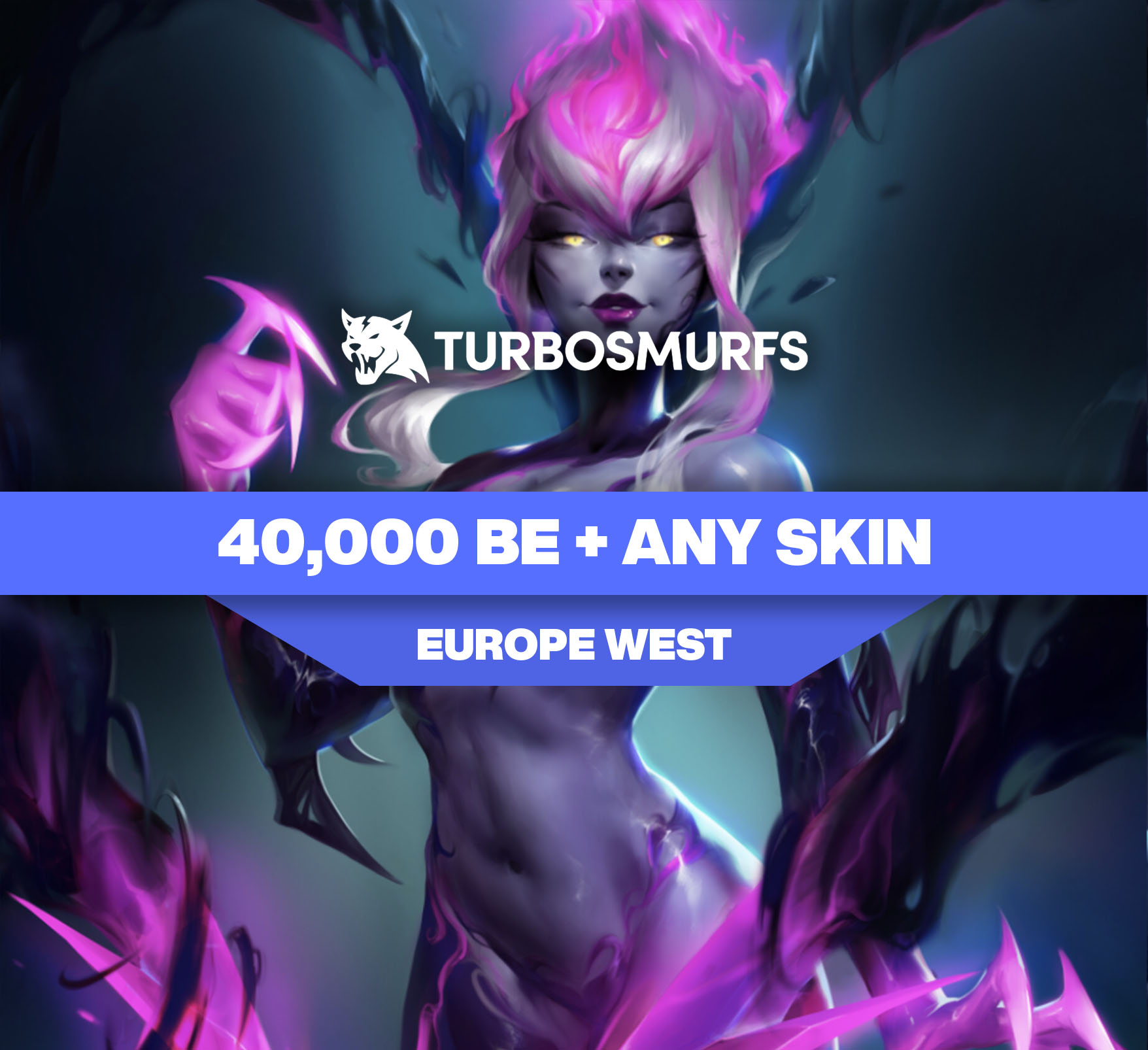
Business Behind the Rift: How League Players Fuel a Billion-Dollar Esports Engine
League of Legends (LoL) has transformed significantly since its first appearance as an online competitive game. The game has evolved into a worldwide esports giant that draws millions of players and viewers across the globe. The competitive LoL circuit now combines entertainment with financial success through its sold-out stadiums and record-breaking streams.
Esports betting has grown with League of Legends fanatics making it an essential part of the LoL ecosystem. Fans can now bet on various aspects of matches, including final results and initial kills, and first Baron, and more. iGaming expert Brett Curtis explains that several platforms provide competitive odds together with fast payment processing and promotional offers linked to LoL events. The financial side of it all now fits in with LoL’s deliberate and strategic choices that have kept the game running strong.
How Riot’s Franchising Approach Steadies the Competitive Circuit
Riot Games made sure to establish a secure foundation for its top leagues. The company established franchised leagues such as LCS in North America and LEC in Europe, and LCK in South Korea to build a dependable system for teams and players.
The leagues provide teams with consistent financial support to cover their operational expenses. The exact figures remain undisclosed, yet most reports indicate the payments are substantial enough to sustain clubs. Riot distributes revenue from online content-related esports events to its partners, introducing a new ADC champion that supports in-game monetization and exclusive skins that fans can purchase. The company distributes 50% of its content revenue from skins and event passes, and additional extras to its partner teams. The revenue from this content exceeded $100 million during 2023 for teams that partnered with Riot.
Teams receive encouragement to establish sponsorships and participate in additional events. The company has introduced rules for betting companies to sponsor teams while maintaining strict guidelines. Teams can now select sponsors based on which partners offer the most beneficial opportunities.
Sponsorships Increase Revenue Streams
League of Legends esports doesn’t rely on a single source of income. Instead, it draws from a balanced combination of sponsorships, media rights, merchandise, and tickets. All these pieces matter, though some carry more weight.
Here’s what those revenue streams looked like in 2024:
- Sponsorships: $1.1 billion, driven by big-name partners like Red Bull and Mercedes-Benz.
- Media Rights: $420 million from deals with YouTube, Twitch, and other platforms.
- Merchandise: $180 million from team jerseys and branded products.
- Ticket Sales: $75 million, led by the 2024 Worlds that packed Seoul’s 50,000-seat arena.
Sponsorships alone make up over 60% of all revenue in League of Legends esports. While tickets grab headlines when events sell out, the real financial drivers remain the sponsorship deals and broadcast rights.
Player Salaries, Who Earns What
Player salaries are always a hot topic. These numbers can vary a lot depending on where players compete and how long they’ve been around. The League of Legends European Championship (LEC) is a good snapshot of these differences.
In 2025, LEC players take home an average salary of about €240,000, with a median closer to €165,000. That gap shows that top players earn far more, while newer faces start much lower.
- Rookies: about €115,000
- Veterans: can earn €300,000 or higher
In South Korea’s LCK, the difference is even larger. Big names like Faker bring in over $2.5 million each year, while rookies in the same league start closer to $80,000. Salaries have dropped by about 11% since 2024 as teams work to balance their spending. The days of paying top dollar for every player seem to be behind us as teams focus on managing costs.
Betting’s Growing Role in LoL’s Economy
Esports betting has grown rapidly, and League of Legends sits right at the center of that trend. In 2024, global revenue from esports betting reached $2.5 billion, with forecasts for 2025 already hitting $2.8 billion. Much of this comes from fans in North America, who account for two-thirds of global esports bettors.
When it comes to LoL itself, around 38% of all bets are placed on major tournaments like the Mid-Season Invitational and Worlds. Average bet sizes have climbed 22% since 2023, with fans typically wagering $34.90.
Now, Riot has officially allowed LoL and VALORANT teams to sign deals with betting companies, as long as these partners meet Riot’s strict standards and go through a full approval process. Betting logos won’t appear on team jerseys, official broadcasts, or the game’s social media channels, keeping the balance between fresh revenue streams and the concerns of the wider community. Potential partners have to follow local gambling rules and pass Riot’s checks around fairness and responsible practices.
This approach follows what’s already happening in other big esports like CS:GO and Dota 2, where betting sponsors have become a major part of how teams cover costs. Riot’s esports COO described these partnerships as a measured decision to help teams find new sources of funding, especially when economic pressures are running high. By letting teams sign deals with regulated betting companies, Riot has opened up new sources of funding.
Fan Engagement Goes Beyond Watching
League of Legends has always been about more than just players. Fans bring the energy and keep events going strong. About 180 million people play the game each month, creating a huge pool of spectators who already know the game inside and out.
The 2024 World Championship is a good example of this connection. Over 5 million people tuned in on Twitch at the same time, making history as the most-watched esports tournament. Co-streaming has added even more excitement. Well-known creators like Ibai draw massive numbers and can earn $500,000 or more per sponsored stream during these big events.
Fans also spend their own money to show support. K/DA, a virtual pop group created by Riot, once worked with Louis Vuitton to sell exclusive in-game skins. That campaign alone brought in $50 million. Local tournaments are another key part of this story. Over 40,000 amateur events happen every year through Riot’s Community Circuit. These grassroots competitions keep local players invested and connected.
This all shows that fans aren’t just watching and are active supporters who care about the game.
A Blueprint for the Future
League of Legends esports rests on a strong mix of sponsorships, smart spending, and loyal fans. What started as small competitions has grown into a billion-dollar industry with clear financial support.
Player salaries might be leveling off, but the system as a whole seems to be on solid ground. Riot’s approach of sharing digital sales with teams and supporting new sponsorships has created an environment where competitive teams can keep going while staying in good financial shape.
The outlook for League of Legends esports seems steady, with online content and betting revenues rising every year. Fans, players, and the business side of the game all stand to gain from it and have proven themselves time and again. League of Legends esports has become more than a series of matches, it’s a global event that keeps growing.
Conclusion
The competitive esports sector of League of Legends shows its value exceeds being just a game. Teams and players now have additional financial resources because of sponsorships, online sales, and betting partnerships. The sustainable nature of the budgets shows a financial strategy that has the potential to provide long-term sustainability. Through franchising and digital revenue distribution, Riot ensures all stakeholders benefit from the team's achievements. If anything, League of Legends has established an ongoing industry because it unites players with sponsors and fans to create something greater than any single game.

